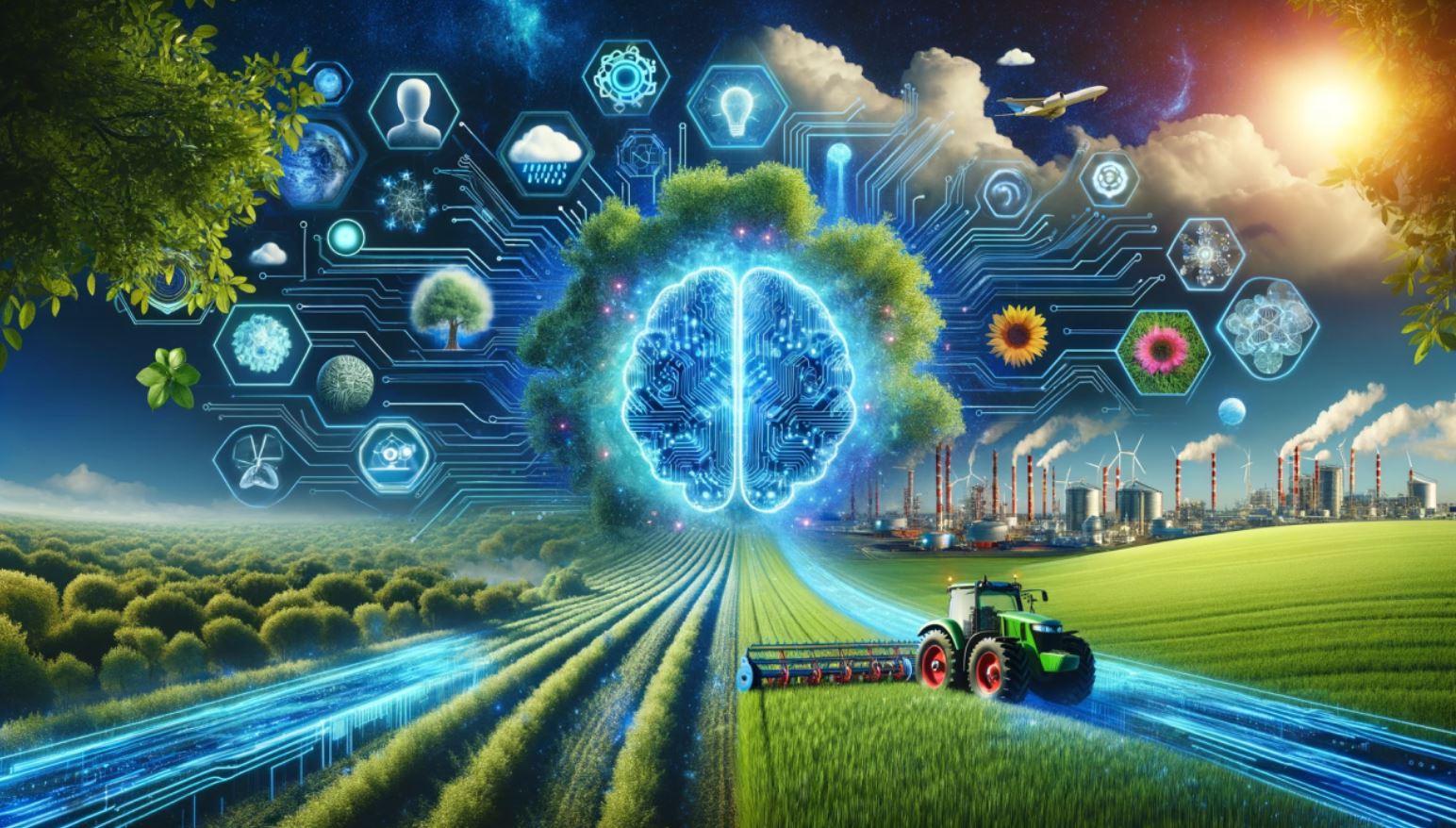 Hey there! Let’s dive into something fascinating—how nature is driving the evolution of Artificial Intelligence (AI). Researchers are increasingly drawing inspiration from the natural world to tackle technological challenges and push the boundaries of what machines can do. It’s a trend that’s really taking off. In fact, since 2010, there’s been a whopping 171% increase in patents related to nature-inspired technologies, according to the Biomimicry Innovation Lab and the Nadathur Group.
Hey there! Let’s dive into something fascinating—how nature is driving the evolution of Artificial Intelligence (AI). Researchers are increasingly drawing inspiration from the natural world to tackle technological challenges and push the boundaries of what machines can do. It’s a trend that’s really taking off. In fact, since 2010, there’s been a whopping 171% increase in patents related to nature-inspired technologies, according to the Biomimicry Innovation Lab and the Nadathur Group.
Peter J. Bentley, a well-known author in the field, delves into how digital systems might mimic human intelligence. By observing natural systems, scientists are uncovering new ways to create computing systems that are not only efficient but also adaptable and capable of solving complex problems. For example, the neural networks in our brains are inspiring new AI systems, while the behavior of bees is influencing how we design drones.
Take ant colony optimization algorithms, for instance. They mimic the cooperative behaviors of ants, optimizing computing in a way similar to agent-based AI. This approach is rooted in the understanding that nature has already solved many of the challenges that traditional AI faces, like efficiency and adaptability, through millions of years of evolution.
In the realm of AI development, nature-inspired approaches are exploring decentralized intelligence models seen in insect swarms and plant root systems. These models offer robustness and flexibility that are often lacking in centralized AI systems, prompting researchers to shift from monolithic AI models to more modular, adaptable systems.
Swarm intelligence is a great example of this. It leverages the behaviors of ants, bees, and birds, where simple agents following basic rules can create sophisticated solutions. Mike Mangan, VP of Research at Opteran, points out that swarm-inspired systems maintain diverse solutions, providing robustness against unforeseen scenarios.
The UK’s Advanced Research and Invention Agency (ARIA) is a perfect example of blending nature-inspired principles with AI development. Their ‘Nature Computes Better’ project funds initiatives that explore natural computation principles, such as the behavior of slime molds and the efficiency of plant roots, to build powerful, energy-efficient AI systems.
Neuromorphic computing is another area being transformed by nature-inspired principles. Companies like IBM and Intel are developing chips that mimic biological brains, offering energy efficiency and processing speed advantages ideal for edge computing and low-power applications. However, despite their promise, these neuromorphic processors still face hurdles in achieving true brain-like efficiency. Brad Mallard, CTO at Version 1, emphasizes that advances in hardware miniaturization and software development are crucial for these systems to become mainstream.
Evolutionary algorithms, inspired by Darwinian evolution, evolve solutions over generations and play a crucial role in optimization problems and AI training. While nature provides powerful design principles, it also has its limitations. Biological systems excel in adaptability but can fall short in precision and scalability for advanced AI applications.
As AI systems become more autonomous, ethical concerns about accountability and transparency come into play. Cheney Hamilton, CEO at The Find Your Flex Group, highlights these issues. The future of AI might involve a hybrid approach, combining nature-inspired designs with synthetic technologies to create innovative, safe, and scalable systems.
While nature remains a vital source of inspiration for AI research, it’s essential to balance this inspiration with caution to ensure AI systems are safe, predictable, and aligned with human values.








